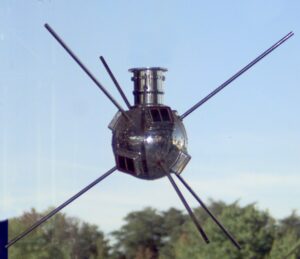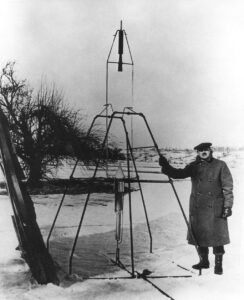Archive for March 2024
Apple Sues Microsoft for Copyright Infringement
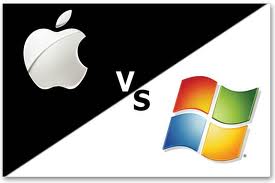
Apple Computer famously sues Microsoft Corporation for copyright infringement in its Windows operating system.
In November of 1985, after Apple’s board pushed out Steve Jobs, Microsoft released Windows 1.0 and Apple threatened to sue since they believed that Microsoft had stolen several design elements of the Macintosh operating system. Bill Gates took advantage of then Apple CEO John Scully’s lack of technology vision to get Apple to license certain parts of its Macintosh GUI to Microsoft. Scully did not foresee that the initial rudimentary version of Windows would be much of a threat of competing with the Macintosh operating system. The deal also ensured that Microsoft would continue to develop Word and Excel for Macintosh. However, when Microsoft released Windows 2.0 in December of 1997 and it had much more similarity to the look and feel of the Macintosh, Apple proceeded with a lawsuit.
What Apple’s lawyers failed to notice was that the license agreed to in 1985 covered all future Microsoft software and not just Windows 1.0. Therefore it was ruled that most of Apple’s copyright claims were covered by the license agreement. After a number of appeals, the legal battle ended when the Supreme Court denied Apple’s final appeal on February 21, 1995.
However, ongoing infringement questions regarding the graphical user interface were finally settled once and for all when Apple and Microsoft signed their famous cooperative agreement in August 1997. One reason that Microsoft agreed to the 1997 cross-licensing deal (in which it was rumored that Microsoft paid Apple up to $2 billion) was Apple’s increasingly large patent portfolio. Apple was allegedly preparing a multi-billion dollar lawsuit against Microsoft, in addition to their QuickTime patent infringement lawsuit filed in 1994. Apple began amassing their patent portfolio largely in response to their loss of this 1988 copyright infringement lawsuit, since they had not patented many of the original Macintosh operating system elements. This led to many other technology companies following suit and the technology patent “arms race” prevalent today.
Vanguard 1 Launched
The American satellite Vanguard 1 is launched. About the size of a grapefruit, Vanguard 1 was the 2nd American satellite launched and 4th man-made object in Earth orbit, following Sputnik 1, Sputnik 2, and Explorer 1. It was the first satellite to have solar power, highest object launched at the time, and currently holds the record for the oldest man-made object still in orbit. Vanguard 1 is expected to stay in orbit until the late 22nd century.
Mac OS X Server 1.0 Released
Mac OS X Server 1.0 is released. This was the first version of Mac OS X available as the desktop version would not be released until just over a year later on March 24, 2001.
Derived from the NeXTSTEP technology that Apple acquired in its purchase of Steve Jobs’ company NeXT (which also brought back Jobs as an advisor and eventually CEO) Mac OS X Server 1.0 is important in history as the first shipping example of what would become the Mac OS X operating system (later OS X and then macOS), which was not only a major advancement for the Apple Macintosh platform but would also form the basis of Apple’s future iOS and iPadOS operating system. However, this original 1.0 release was fairly rough around the edges and was met with mixed reviews due to various technical limitations and interface oddities due to the not yet completed transition from the NeXTSTEP interface model.
The First Wiki
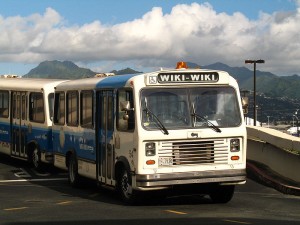
The worlds first Wiki, WikiWikiWeb is gets its start as Ward Cunningham sends an e-mail inviting people to add and edit content. Cunningham officially launches WikiWikiWeb 9 days later on March 25th.
A Wiki is a database that can be a community collaboration. Rather than calling his creation “quick-web”, Cunningham said the inspiration for the name Wiki came from the Wiki Wiki shuttle bus he learned of during a trip to Hawaii, “wiki wiki” meaning “quick” or “fast” in the Hawaiian language. Six years later, Wikipedia is launched, although Cunningham has no official involvement.
First Liquid-Fueled Rocket Launched
Robert Goddard, now considered the father of modern rocketry, successfully launched the world’s first liquid-fueled rocket in Auburn, Massachusetts. The rocket reached an altitude of 41 feet in 2 seconds at a speed of about 60 miles per hour.
The concept of using liquid as fuel allowed the advancement of rocket technology to the point where space travel was made possible. Goddard died in 1945 before his vision of space travel became a reality, however NASA acknowledged his contributions by naming the Goddard Space Flight Center after him.
First Internet Domain Registered
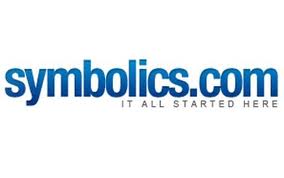
The first Internet domain symbolics.com is registered by Symbolics, a Massachusetts computer company.
First Newsletter of the Homebrew Computer Club
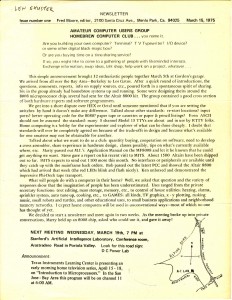
Issue number one of the Homebrew Computer Club’s newsletter is published. Only 21 issues are published through December 1977, but the newsletter is considered influential in the early culture of the personal computer industry.

